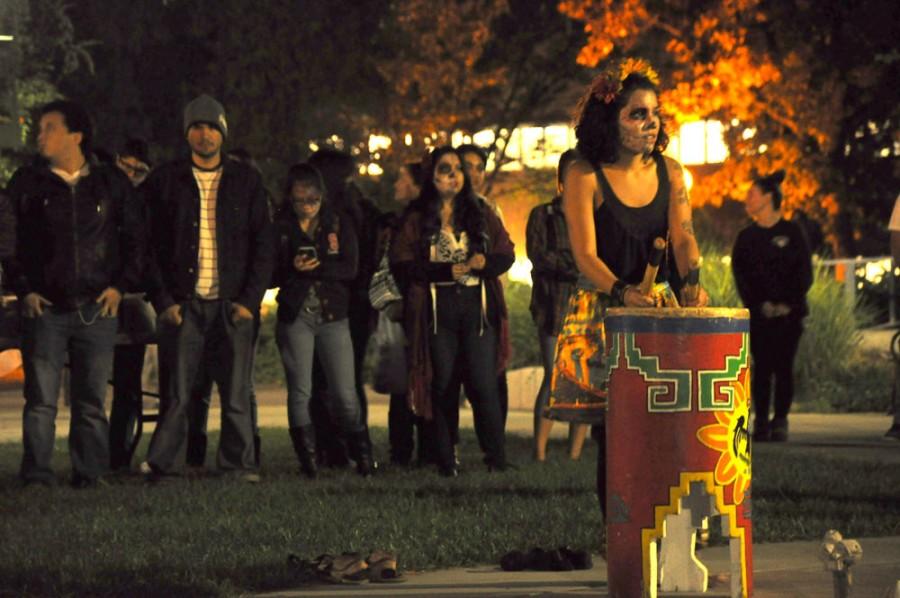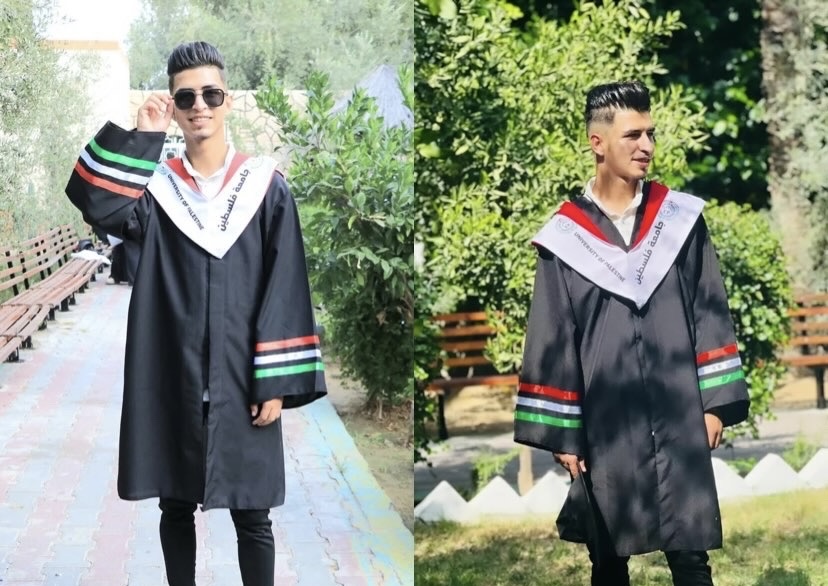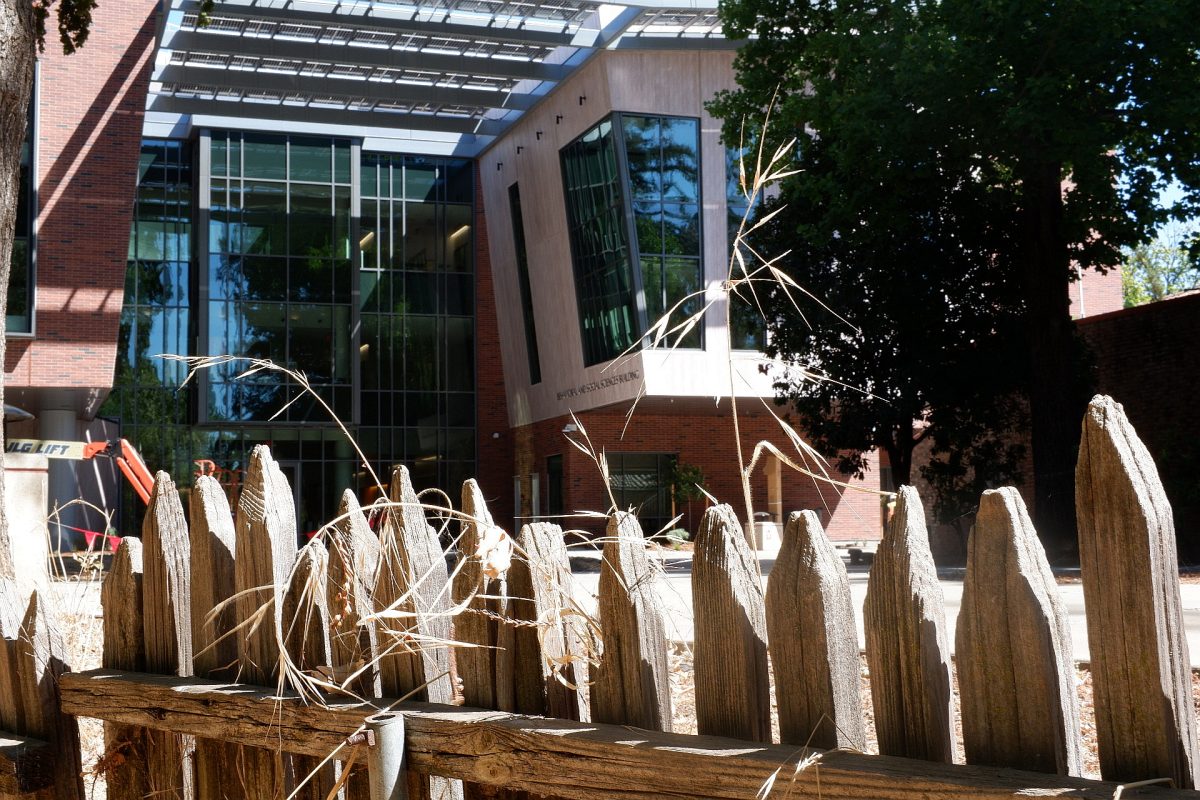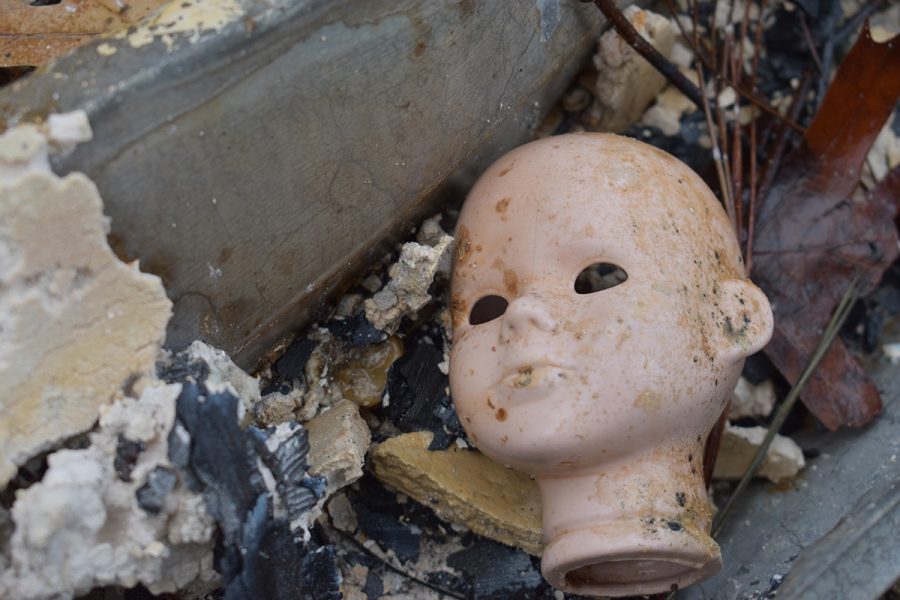[metaslider id=38148]
Photographs by Annie Paige.
Dia De Los Muertos, or Day of the Dead, brings together friends and families from all cultures to honor the dead by focusing on their lives in an uplifting and vibrant way. Despite its name, the 4,000-year-old celebration is one of love and remembrance without the weighty feeling of grief.
Communication with spirits is the key purpose behind the day’s traditions to keep the connections between those alive and dead. These customs let the dead know that they aren’t forgotten and that the loved ones they left behind still care about them.
While the traditions may vary from place to place, the Nu Alpha Kappa Fraternity, Inc. and Movimiento Estudiantil Chicano/a (de) Aztlan (MEChA) made the day come alive with danzantes (dancers), ballet folklorico (folkloric ballet), a Mariachi band, a face painting station, photo booth, pan dulce (sweet bread), refreshments and most importantly, carefully created altars with offerings.
Such offerings included:
- Candles
- Marigolds
- Paper flowers
- Photographs of the deceased and other memorabilia
- Incense
- Sugar skulls
- Statues of saints
“I like all the altars,” said Nicole Hardoy, a junior agricultural business major. “It’s interesting to celebrate all the people passed away. I know I’ve lost a lot of people I was close to. I think (the altars) are a really good way to go about it and celebrate those people we have lost.”
Riley Mac Millian, a junior liberal studies major, was able to take a tour of the altars as they were being setup and along with her were several children from a local elementary school.
“I like how (the kids) were asking questions to the people at the stations,” she said. “They were giving information about the traditions and the meanings behind the flowers and all that kind of stuff. It was fun to get that information and see how the kids reacted to it.”
While setting up the altars and giving out information was a process that spanned most of the early day and late afternoon, the night is when the celebration really begun.
A crowd of students, locals and even non-locals of both Hispanic and non-Hispanic heritage joined together to watch in awe as Aztec dancers in elaborate feather headdresses and costumes moved to the beat of a single drum, causing their shell anklets to match the rhythm of their bare feet as they moved. Their sounds and movement entranced the crowd and received a roar of applause at the completion of blessing the altars.
“I thought all the dancers were beautiful but that drum, I could feel it in my soul,” said Karen Arzola, a junior English education major.
After the dancers, a keynote speaker took center stage to deliver a message about the celebration’s meaning – the dead are not forgotten and no matter a person’s culture, Dia De Los Muertos is a time to feel close to them again.
Hardoy attended the event because of her interest in cultures and traditions that differ from her own.
“I’ve been trying to learn about other cultures,” she said. “I’m not Hispanic, but I just find other cultures interesting and I like celebrating (their) holidays. I feel you learn more about yourself and more about other people (that) way.”
When the speaker concluded, it was time for the crowd to bow their heads as a moment of silence to pray and remember fell upon them. When finished, many brought their heads up and smiled.
Then the celebration was back in full force. Ballet folklorico dancers took the stage in brightly colored dresses that reflected the culture of Mexico and wowed the crowd as they twirled and stepped in unison. Onlookers clapped and snapped as many pictures as they could of the concisely choreographed performance.
Once again, the speaker addressed the crowd to thank everyone for attending and enthusiastically participating but this was not the end.
A Mariachi band played as people mingled with the dancers, grabbed a snack, got their faces painted and viewed the altars. As the chatter resonated throughout the night’s crisp air, memories of the dead were exchanged, tears flowed but the laughter never stopped.
“Death isn’t something to be feared,” Arzola said. “I think it’s beautiful that we celebrate it in my Mexican heritage.”
Amanda Rhine can be reached at [email protected] or @am_rhine on Twitter.









